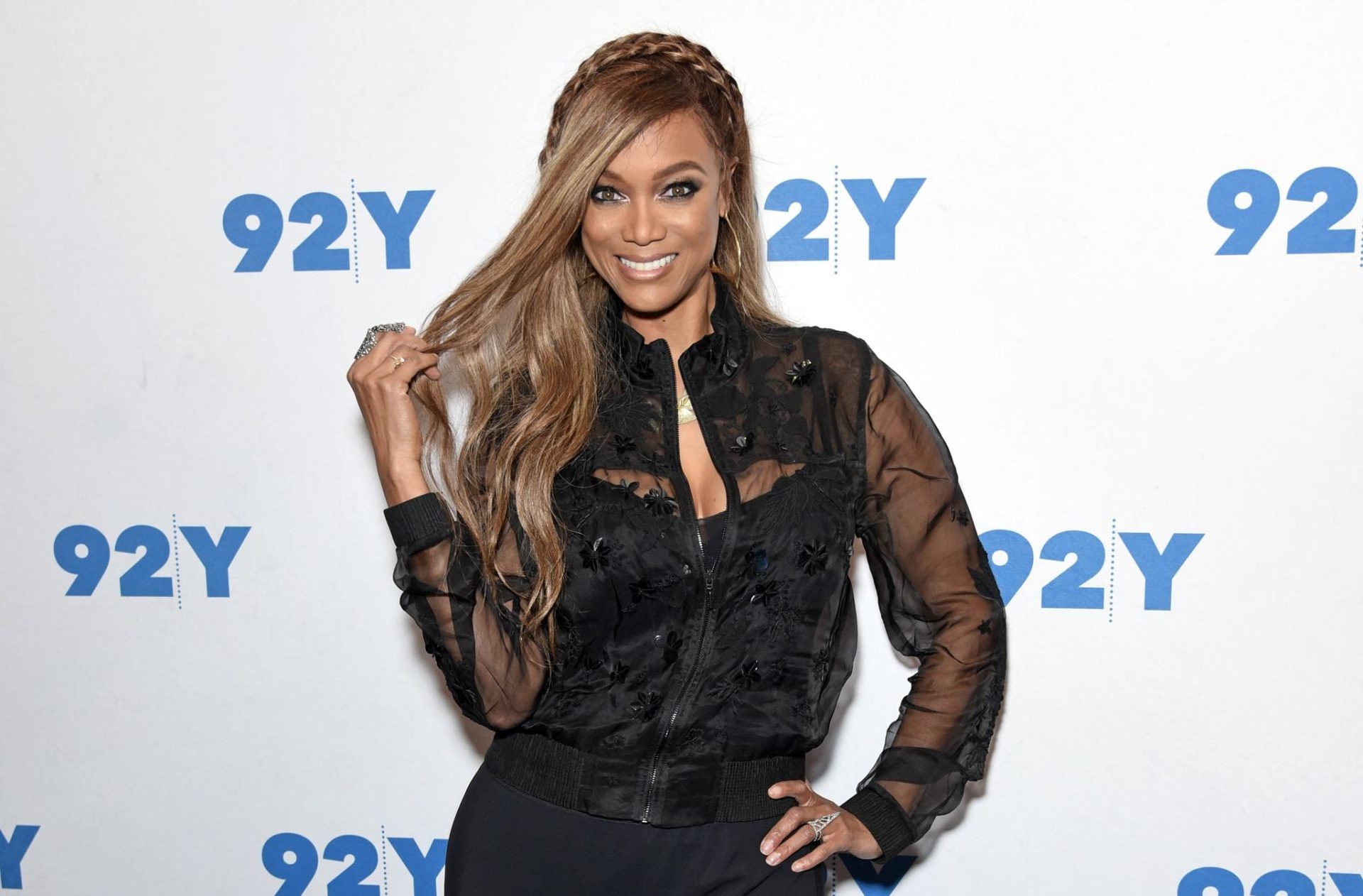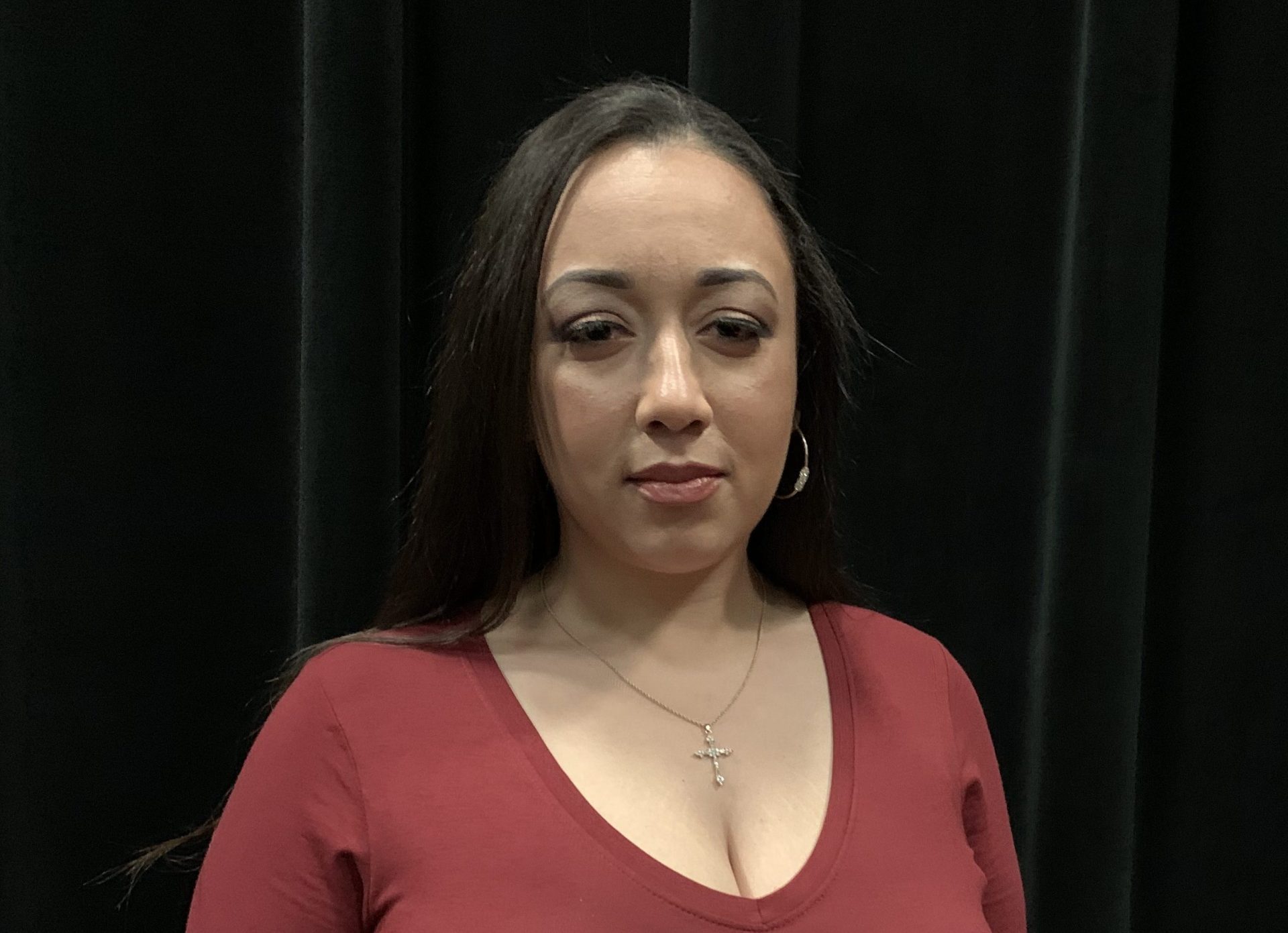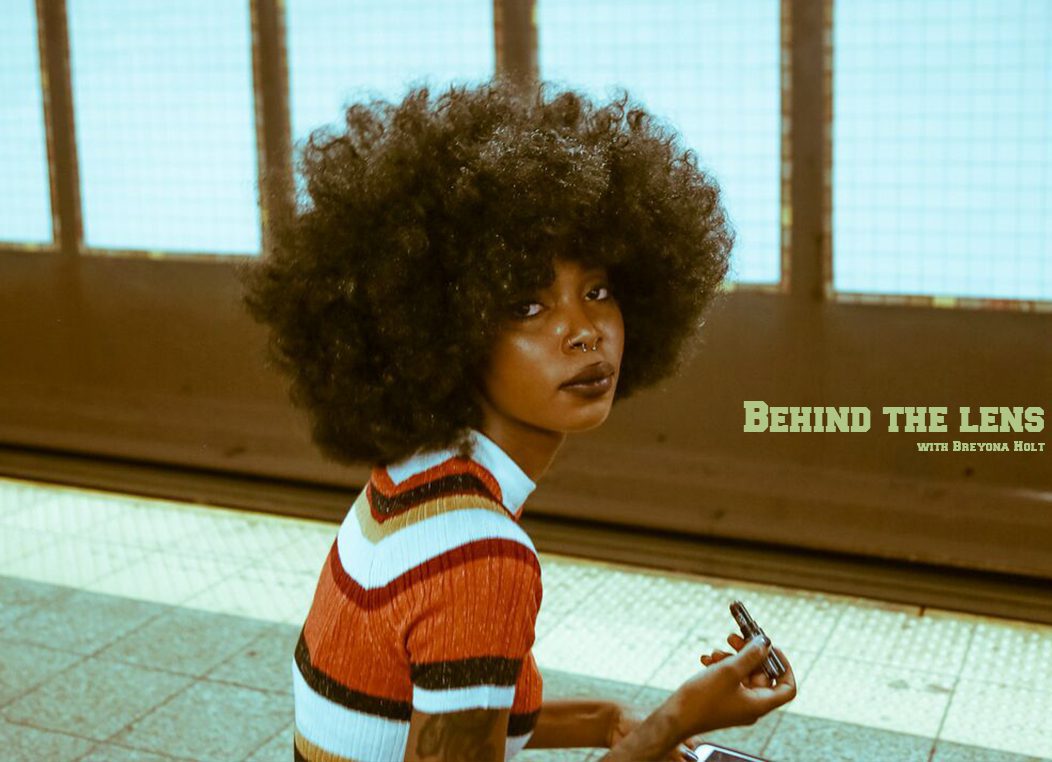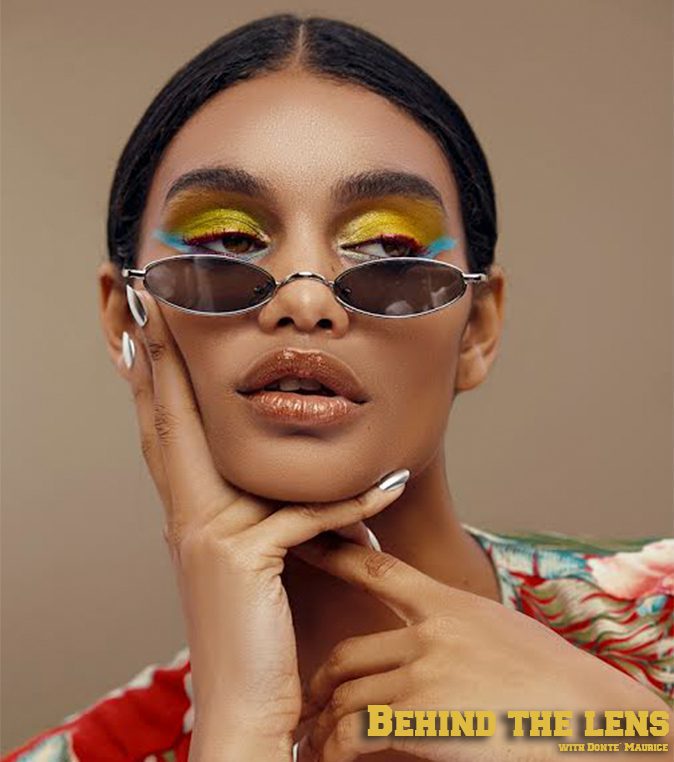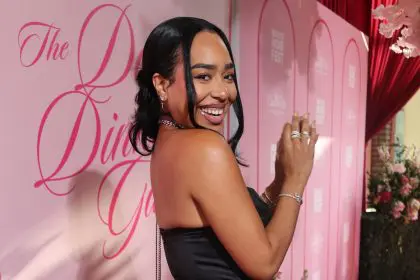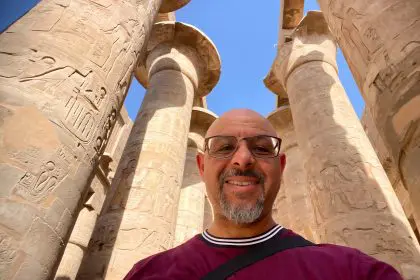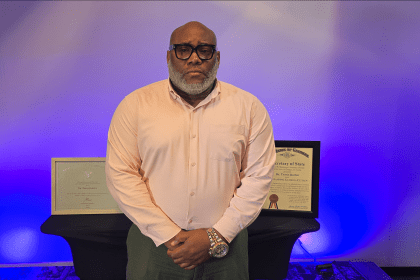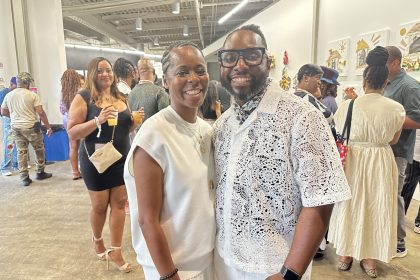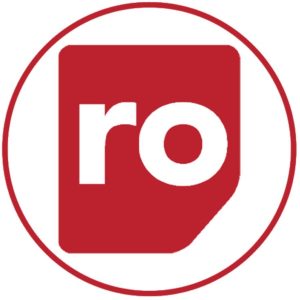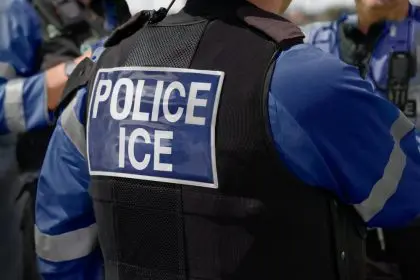
By: Lashley
The Sidney J. Marcus auditorium at the Georgia World Congress Center was full to capacity for a presentation by Sue Bryce at the Imaging USA 2016 conference. This was day two of a three-day conference for people in the imaging and photographic industry.
It’s 10 a.m. on an usually cold Tuesday morning in Atlanta, and Bryce is delivering a presentation on posing and direction for capturing portraits to a seated audience. Her experience is extensive; she has been capturing portraits for the past 26 years from her early beginning in New Zealand before moving to the U.S. Having honed her skill over the years, regarded as a master in her field, Bryce has developed her own distinctive styles for capturing the female form. She has a large and dedicated social following, many of whom have been attracted by her very personable presentation style. It was interesting walking through the conference floor with her, observing the continuous flow of people rushing in and gleefully hugging her with excitement.

The audience for the presentation consisted of photographers from all over the U.S., as well as from international countries. A presentation for such a diverse audience holds a high chance of influencing photographers worldwide.
The fact that so many people saw enough value in Bryce’s presentation to fill the theater and to overflow every presentation that she delivered on the conference floor was remarkable to see. This type of presentation has the potential to influence the key centers of the imaging world.
In the late ’80s and early ’90s, photographs taken by Annie Leibovitz, a renowned photographer based in New York, were being pushed from New York and published in magazines like Vogue‘s U.S., U.K., France and Australia editions. Leibovitz was having an influence on how other photographers and magazines portrayed the human form in their ads and editorial content. There may be some equivalency to Bryce’s delivery, maybe with some exceptions. Bryce is presenting to people who will be capturing images for advertising, editorial and digital content worldwide. Her vision and methods could influence the approach that is taken in capturing female portraits for the next five or more years.

There are cultural differences in what ignites excitement around images for both males and females globally, but there are some overriding values that stand out. Bryce has her list of beautiful and not-so-nice things that may affect the photographic capture. She had the audience screaming with laughter as she said, “Hands should not be like claws when posing for a photograph — it should be ballet fingers, soft and flowing.” She then proceeded to twist and turn while animating the different forms.
The size of the audience is a reflection of the interest in the approach to photography that Bryce advocates, but it is also a testament to the way people gravitate toward the sensual nature of her content and the way in which she personalizes the presentations. There is a witty charm built into her delivery style that captivates you; she had the audience continuously laughing. Bryce advocates that in photographing the female form, you need to maximize the feminine form and ecstatic — no double chin, relaxed shoulders, separation of neck and shoulders.
At the end of her presentation, I asked Bryce if she was open to doing an interview, and she nodded her head and said “sure.” Looking over my shoulder, I could see a long line of waiting fans forming, so I though it would be wise to step aside and let them show their appreciation, ask their questions and take selfies with her before the interview.
After waiting for about 30 minutes, I got the opportunity to chat with Bryce. My question to her was, “What opportunities give you the chances of capturing the best portrait of your subject?” She responded, “When I get someone in front of my camera, it’s about getting them to come forward, to feel at ease, to feel safe in my judgment. If they feel safe and comfortable, they will come forward and that opens up the possibility for me to capture the best image of them. Once a safe-space is created, their whole world opens up.
“When people can be themselves, it is the most beautiful thing, and that is when the beauty of photography comes into play. I always want to be the person who captures the best ever image of the people who sit in front of my camera.”
By: Lashley

